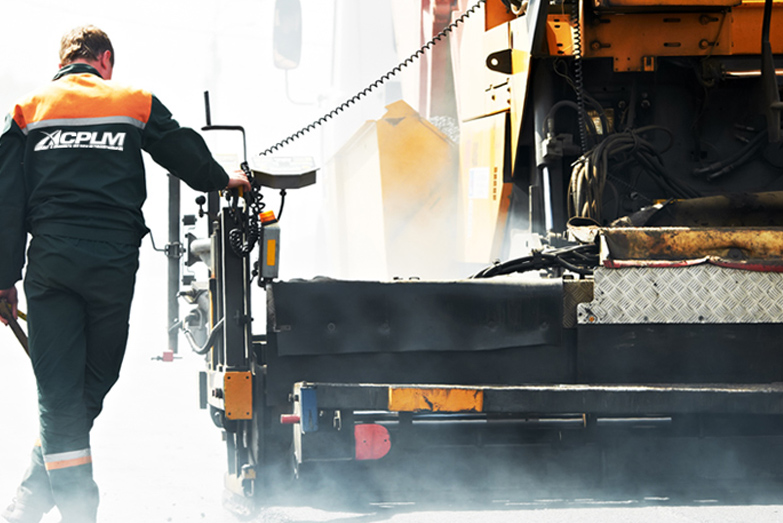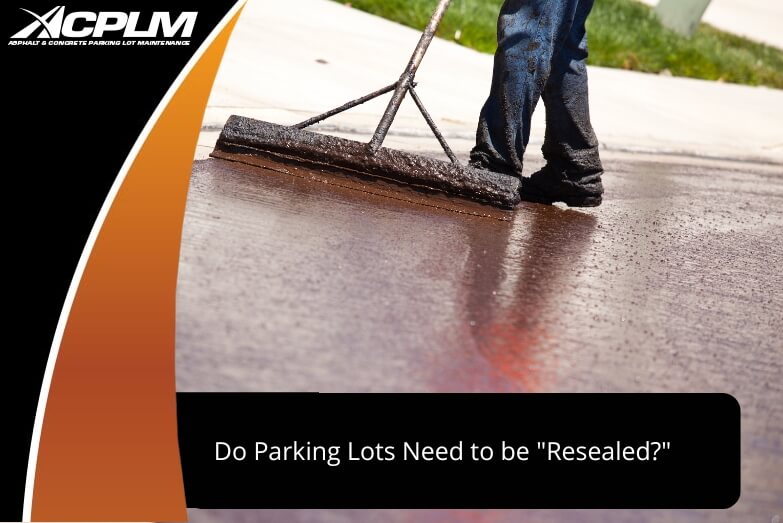
In general, there are no greater investments made by a transportation agency than the construction or reconstruction of pavements. The financial and highway user impacts are great and far-reaching. Pavement type selection deserves analysis commensurate with such investment. Pavement selection involves many factors, as you will learn from this synthesis. One thought, however, must always take precedence: that is, pavements are intended to serve highway users. To the extent that the pavement selection serves users, by ensuring that they travel on pavements that are safe, smooth, quiet, durable, economical, and constructed of sustainable materials, the designer has succeeded in meeting this important objective.
Pavement type selection processes are universally utilized by state departments of transportation and other agencies responsible for roadway construction to identify and select the most durable, cost-effective, highest-performing pavement structure for a new roadway. These processes are intended to be free of bias and provide an analytical review of environmental and performance factors such as soil type, climate, traffic volume, life cycle, constructability, and cost. All these factors are weighted in a uniform, repeatable process with the singular goal of selecting the best pavement type at the greatest overall value to the taxpayer and with a service life which provides the maximum return on the public’s investment.
In addition to technical and performance factors, roadway owners have been confronted with the need to consider secondary qualitative factors while selecting a pavement material type. These factors include consideration of such issues as tire-pavement noise generation, surface smoothness, and environmental sustainability. Asphalt pavements meet these needs and studies have conclusively shown asphalt pavements provide the smoothest, quietest ride with the greatest overall satisfaction for the motoring public. Asphalt is both a recyclable and a reusable resource. Innovations such as warm-mix asphalt and use of reclaimed asphalt pavement (RAP) have placed the industry as a leader in improving air emissions and in conserving virgin aggregates and natural resources.
The primary factors to be considered include traffic, soils characteristics, weather, construction considerations, recycling, and cost comparison. The secondary factors include performance of similar pavements in the area, adjacent existing pavements, conservation of materials and energy, and availability of local materials, among other issues. Other considerations include the issues of tire-pavement noise generation, ride quality, and safety, and the advantage asphalt has in these characteristics.
In the blogs to follow, we will go more in dept on each different factors that one should consider when trying to determine the type of pavement to use for a project













